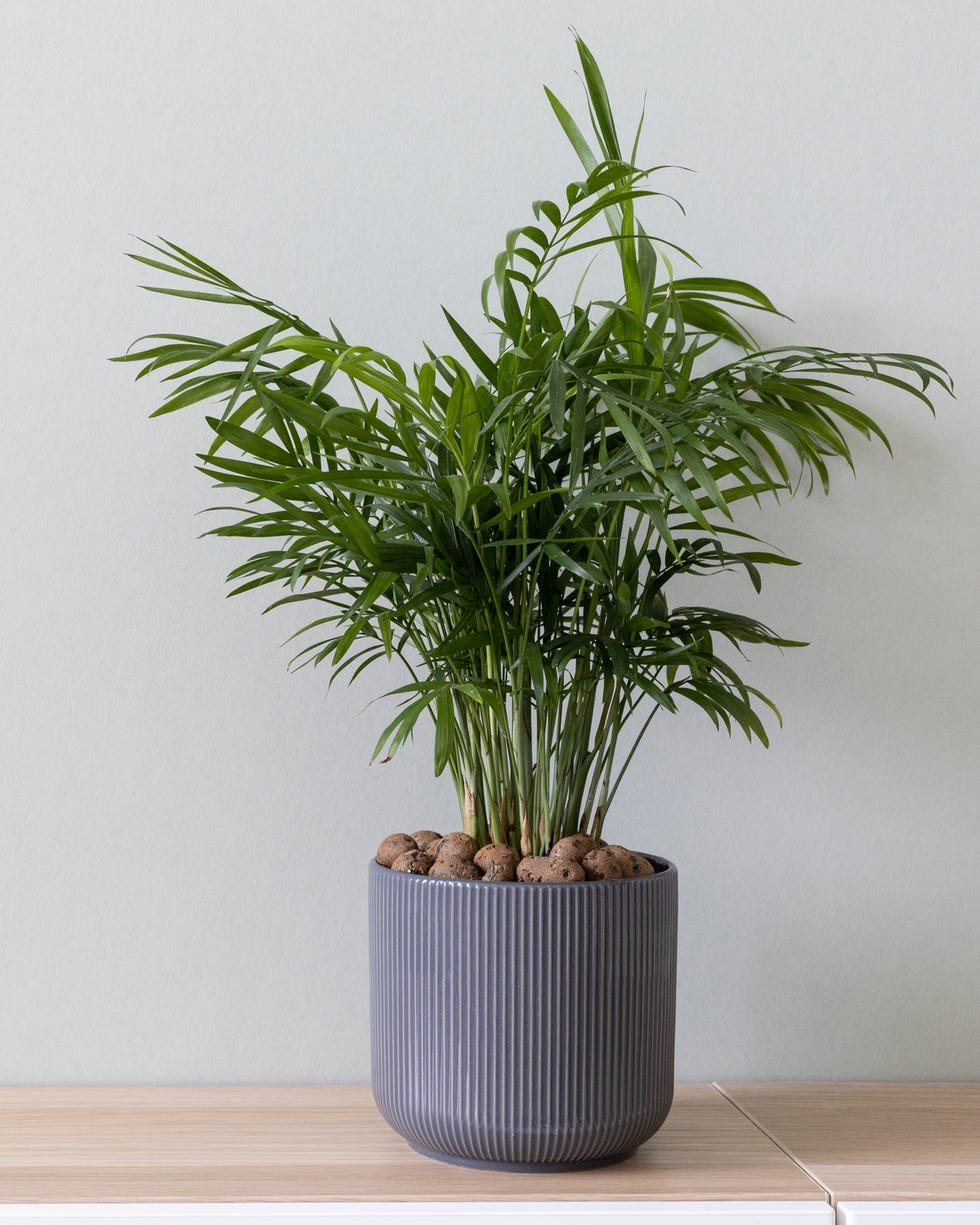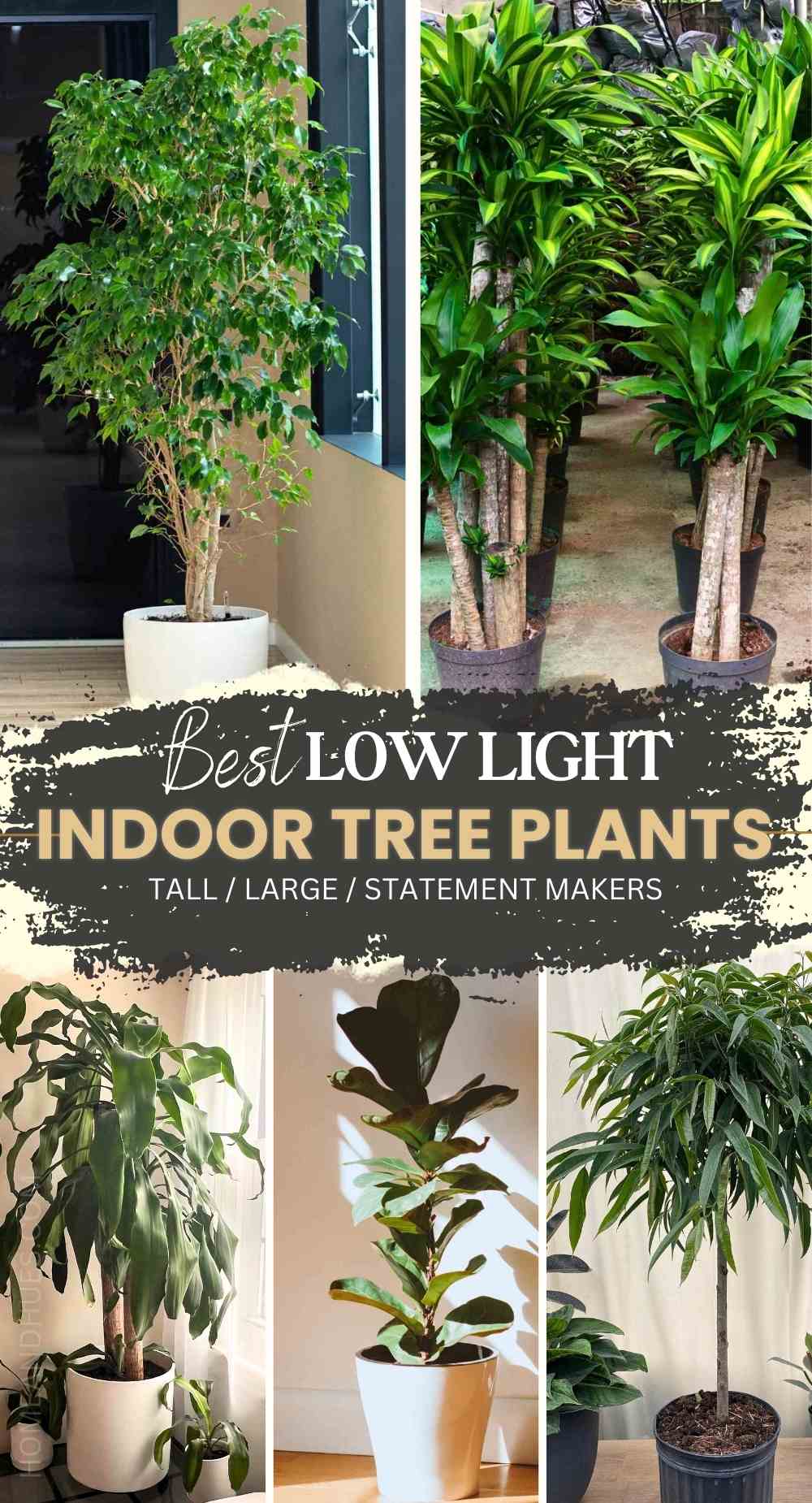Discover the most effective Low-Light Indoor Plants for Enhancing Your Home Decor
Including low-light indoor plants right into your home decoration can dramatically improve both aesthetic appeals and ambience, specifically precede that do not have bountiful natural light. Selections such as the Snake Plant and ZZ Plant not only bring life to dim corners but additionally add to improved air quality and general health. Comprehending the one-of-a-kind attributes and treatment needs of these plants can bring about a much more unified living atmosphere. As we check out the leading choices and their imaginative applications, one might question how these options can change your room into a flourishing sanctuary.

Why Select Low-Light Plants
Why decide for low-light plants in your interior areas? The contemporary living environment commonly offers difficulties such as restricted natural light, making it tough for conventional houseplants to flourish. Low-light plants are particularly adjusted to make it through and flourish in these problems, providing a sensible solution for individuals seeking to enhance their indoor areas without the included stress of preserving more light-demanding plants.
In addition to their resilience, low-light plants contribute substantially to the aesthetic appeals of a space. Their varied array of dimensions, shades, and shapes permits unique interior decoration possibilities, creating welcoming and vivid ambiences. In addition, indoor plants are known for their air-purifying top qualities, improving indoor air quality by filtering system toxic substances and releasing oxygen, which can boost overall wellness.
Low-light plants likewise need marginal maintenance, making them particularly appealing to busy individuals or those new to gardening. Their flexibility permits positioning in various atmospheres, from office to dimly lit corners of the home. By selecting low-light plants, you can appreciate the advantages of plant without the constraints that commonly come with traditional horticulture, ultimately fostering a much healthier and a lot more visually attractive indoor atmosphere.
Leading Low-Light Indoor Plants
For those seeking to boost their indoor spaces with plant that grows in low-light problems, a number of plant options attract attention for their durability and visual allure. The Snake Plant (Sansevieria trifasciata) is a prominent selection, recognized for its upright, sword-like leaves and capacity to tolerate disregard. This hardy plant can make it through in dimly lit locations while enhancing indoor air high quality.
One more exceptional choice is the Pothos (Epipremnum aureum), defined by its heart-shaped leaves and routing creeping plants. Pothos is not only versatile to low light yet also uses a striking aesthetic contrast when placed on racks or hanging baskets.
The ZZ Plant (Zamioculcas zamiifolia) is just as remarkable, boasting glossy, dark environment-friendly fallen leaves that can cheer up any edge. Its drought resistance makes it perfect for active homeowners.
Care Tips for Low-Light Plants
Just how can you make certain that your low-light interior plants grow regardless of restricted sunlight? Initially, choose the ideal potting mix that offers excellent drainage while preserving wetness. A well-aerated soil, such as a mix of potting dirt and perlite, can help stop origin rot.
Watering is important; low-light plants generally need much less frequent watering compared to their sun-loving counterparts. Always inspect the leading inch of the dirt-- if it feels dry, it's time to water. Beware of overwatering, as this can lead to fungal concerns and root decay.
Feeding low-light plants ought to be done moderately - Best low-light indoor plants. Use a balanced, water-soluble fertilizer throughout the expanding season, but get rid of or decrease fertilization in the dormant months
Additionally, dirt can build up on fallen leaves, inhibiting photosynthesis. Gently wipe the leaves with a damp cloth to keep them clean.
Lastly, observe your plants closely. Signs of distress, such as yellowing leaves or leggy click over here now growth, can suggest that your plant needs changes in care (Best low-light indoor plants). By complying with these treatment tips, your low-light indoor plants can thrive, adding elegance and vigor to your home
Innovative Ways to Present Plants
Raising the visual allure of your indoor area can be attained by attentively presenting your low-light plants in imaginative means. Take into consideration making use of upright room to your advantage; wall-mounted shelves can display routing plants like pothos or philodendron, including lushness while conserving flooring room. Use plant stands of differing elevations to develop visual interest and depth, attracting the more eye upwards.
Hanging planters are an additional superb alternative, providing a remarkable effect when suspended from the ceiling or hooks. Macramé hangers can present structure and bohemian flair, while modern-day ceramic wall mounts can fit a minimalist visual. For a more cutting-edge technique, repurpose distinct containers such as classic teacups or glass containers, which can add individuality to your display screen.
Grouping plants in collections is additionally reliable; use varying pot dimensions and shades to develop a natural look. This technique not just improves visual influence yet likewise gives a natural habitat feeling - Best low-light indoor plants. Last but not least, think about positioning plants near lights like home windows or lights to optimize their growth and showcase their dynamic vegetation, therefore improving the overall ambiance of your interior atmosphere.
Advantages of Indoor Plant
Various researches have demonstrated that including indoor plant right into your living area uses a multitude of benefits, boosting both physical and psychological wellness. Among one of the most substantial advantages of interior plants is their ability to enhance air top quality. Plants soak up co2 and launch oxygen, producing a healthier atmosphere while also removing harmful toxins, thus advertising respiratory health.
Moreover, the visibility of plant has review actually been connected to lowered stress levels. Research indicates that engaging with plants can reduce cortisol degrees, which are linked with stress and anxiety. This calming result can bring about boosted state of mind and raised productivity, making indoor plants a suitable enhancement to workspaces.
Additionally, interior plant can improve cognitive feature. Studies suggest that environments improved with plants can cause raised focus, imagination, and general psychological clearness. The aesthetic charm of interior plants also adds to a much more welcoming and pleasurable atmosphere, favorably affecting social interactions and total satisfaction within an area.
Final Thought

Including low-light indoor plants into your home decor can substantially boost both appearances and ambience, especially in spaces that do not have abundant natural light. Varieties such as the Snake Plant and ZZ Plant not only bring life to lower edges yet likewise add to improved air quality and general health. Indoor plants are recognized for their air-purifying qualities, improving interior air top quality by launching and filtering system contaminants oxygen, which can enhance general health.
For those looking for to enhance their indoor rooms with greenery that prospers in low-light problems, a number of plant alternatives stand out for their resilience and visual appeal. These durable plants, such as the Snake Plant and ZZ Plant, grow in dim conditions and require minimal maintenance, making them suitable for various way of livings.